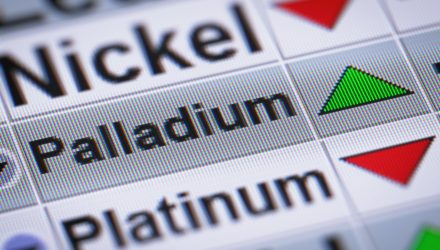When most investors consider safe haven assets, or those that typically will hold their value over time, or even appreciate marginally, a number of assets come to mind, including the U.S. dollar, Treasurys, and gold. Gold, which also has various applications as diverse as jewelry, technology, and medicine, has been the choice for many investors in times of crisis.
Yet, gold is also a controversial investment, especially in 2020, when it has seen heightened volatility along with stocks and oil, as the coronavirus ravages the health of individuals and the global economy. Thus, while some investors may view gold as a safe asset and protection against inflation, as gold prices spiked during the Great Recession and in the 1970’s, and during the tech bust in the early 2000s, others eschew the lustrous metal for its potential risk, as it plummeted over $250 within a week before rallying to fresh recent highs, between March and April of this year.
While gold investments can be purchased in a variety of forms, including physical gold bars, futures contracts, and coins, the ability to invest in an asset that does not require taking physical delivery is appealing to many investors. Thus, an increasing number of investors have considered ETFs as a way of gaining exposure to gold, with ETFs like the SPDR Gold Shares ETF (GLD) and the Aberdeen Standard Gold ETF Trust (SGOL) gaining popularity and momentum among the largest gold-related ETFs.
As gold prices have experienced increasing volatility, however, many investors have begun to actively seek alternatives. In addition to more common alternatives such as gold’s sibling silver, there is now a growing universe of ETFs, making it easier to discover and invest in alternatives to gold such as palladium and platinum, which have industrial applications.
Aberdeen Standard ETFs is one key provider of such alternative precious metals ETFs. The company offers a suite of Exchange Traded Funds that includes both individual precious metals investments using ETFs, like the Aberdeen Standard Physical Platinum Shares (PPLT), which concentrates on platinum, as well as a basket of metals ETF, such as the Aberdeen Standard Physical Precious Metals Basket Shares ETF (GLTR), which includes allocations of gold, silver, palladium, and platinum.
“We believe precious metals act as core risk management tools for investors by providing a potential source of efficient diversification against risk assets to help reduce performance drawdowns during equity market volatility and serving as a hedge against extreme events and market turmoil,” the company explained.
For investors considering precious metals as a part of their portfolio, but who are looking for some additional diversification within the ETF, Aberdeen also offers the Aberdeen Standard Bloomberg All Commodity Strategy K-1 Free ETF (BCI), which includes a mixture of energy, agriculture, and livestock, as well as precious metals.
Historically, adding a precious metals allocation to a diversified stock-bond portfolio has increased portfolio efficiency, as measured by increasing Sharpe ratios, compared to a diversified portfolio without an allocation to precious metals, making it something to consider for investors looking for more balance in a time of uncertainty.
For more market trends, visit ETF Trends.

